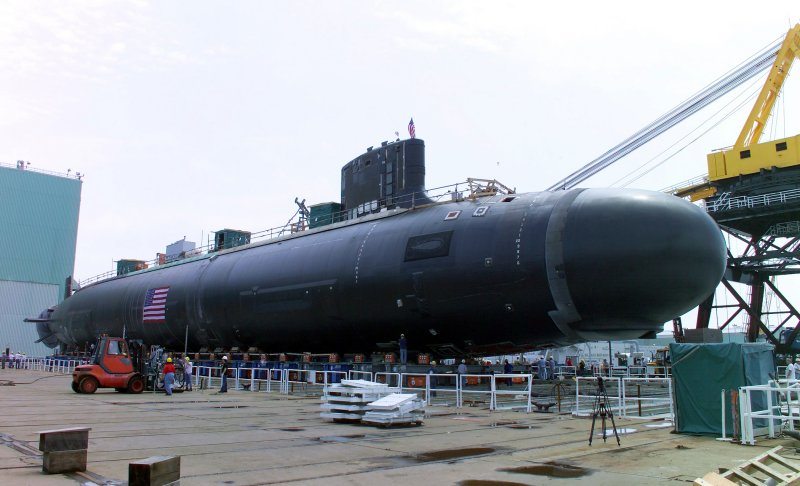Future USS California (SSN 781) returned to Newport News, Va., July 2 after successfully completing the its initial sea trials.
Testing evolutions completed during the ship’s initial, or Alpha, sea trials included diving to test depth, conducting an emergency surfacing and testing the submarine’s propulsion plant.
The evolutions are designed to evaluate the ship’s seaworthiness and operational performance.
California, the Navy’s newest Virginia-class submarine, is commanded by Cmdr. Dana Nelson, a native of Clinton, Conn.
“California’s outstanding performance during Alpha trials is a testament to the quality of the design, the talent of the shipbuilding team and the hard work of Cmdr. Nelson and his crew in getting the ship to this point,” said Rear Adm. (Select) Michael Jabaley, Virginia-class program manager. “Delivering this ship early will provide another much-needed asset to the fleet ahead of schedule.”
The eighth ship of the Virginia class, California is on track to be delivered nine months early to the fleet. All Virginia-class submarines currently under construction are scheduled to be delivered earlier than their original contract delivery dates.
California will next undergo Bravo sea trials and the Navy’s Board of Inspection and Survey trials, which will commence in late July 2011. Built under a unique teaming agreement by General Dynamics Electric Boat and Huntington Ingalls-Newport News, the submarine will be commissioned in fall 2011 in Norfolk.
“The partnership between our shipbuilders and our Navy team has been a key factor in the Virginia class’ success,” said Program Executive Officer Submarines Rear Adm. David Johnson. “The team’s efforts are paying great dividends to the fleet and will allow the U.S. Submarine Force to continue to operate without peer.”
Virginia-class submarines are designed to dominate the world’s littoral and deep waters while conducting anti-submarine; anti-surface ship; strike; special operation forces; intelligence, surveillance and reconnaissance; irregular warfare; and mine warfare missions. Their inherent stealth, endurance, firepower and sensor suite directly enable them to support five of the six Maritime Strategy core capabilities.










